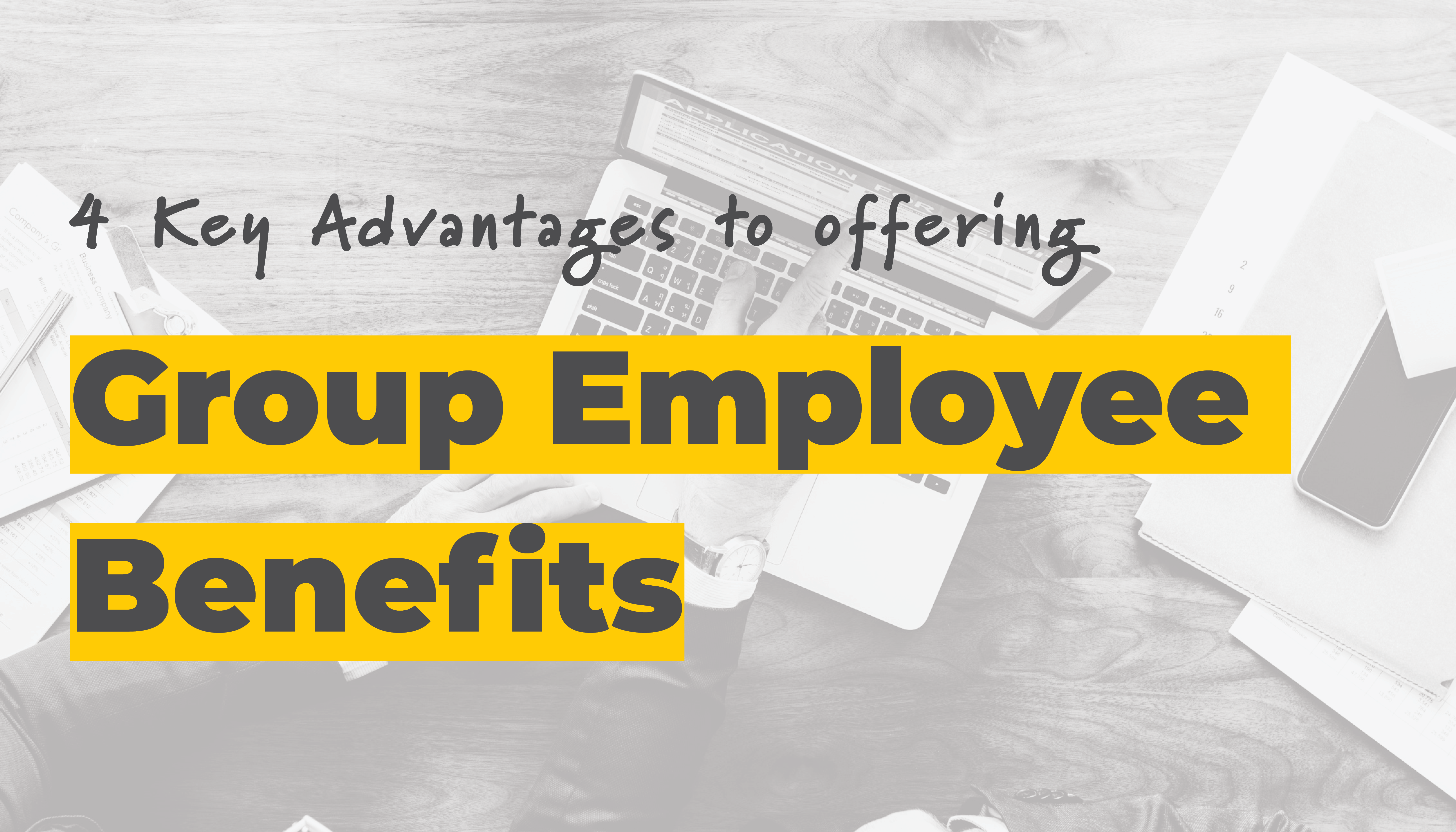4 Key Advantages to Offering Group Employee Benefits
By: Benefits by Design | Tuesday April 13, 2021
Updated : Monday August 21, 2023
Offering an employee benefits plan is a big step for many businesses, but it’s an important one to take in order to attract and retain top talent, remain competitive, and increase employee and business performance. Plus, it’s a tax effective method of providing compensation, so everyone gets more with benefits!
#1. Attract Top Talent and Remain Competitive
Your employee benefits plan has never been more important for attracting new, talented employees than it is today. Offering an employee benefits plan is a big part of your total compensation package and should be a key talking point when hiring new employees.

Job seekers are more strongly considering an employers’ benefits plan as a significant part of their job search, and it seems that some benefits are more sought-after than others, including:
Our own data from our block of business backs this up as well! We took a close look at nearly 1,000 Canadian small business clients (50 or less employees) and compiled their benefits plans into a downloadable report focused on identifying which benefits small businesses in Canada most frequently offer.
[Handbook] — What to Look for In Your First Small Business Benefits Plan
#2. Tax-Effective Compensation
Providing a benefits plan is a tax-effective method of compensating your employees, which actually means you and your employees get a lot more bang for your buck with benefits.
Employees Get More
An employee without health insurance would pay for their regular prescriptions out-of-pocket with after-tax income. Alternatively, if they were covered with a benefits plan, they wouldn’t be paying nearly as much out-of-pocket (or possibly not at all, depending on plan design) and instead would “buy in” to their benefits plan with pre-tax deductions from their paychecks.
Group Benefits Taxation: What are Non-Taxable and Taxable Benefits?
Employers Get More
As a simple example, if you were to offer employees an extra $1.00 an hour, here’s what happens:
- Employees take home significantly less than $1.00, after federal and provincial tax deductions (only $0.60 in some tax brackets — that’s 40% of the raise gone)!
- That extra $1.00 an hour actually costs you approximately $1.29 an hour, after you pay the government.
Compare that to the pre-tax dollars used to pay benefits premiums and you can see the true value. $1.00 paid in premium = $1.00 of benefits coverage, which are often received tax free by employees.
Download Infographic: Pay Raises Cost More Than You Know (PDF: 80 KB)
#3. Increased Employee Performance
Okay, we’ll admit this one is kind of a “gimme”, but providing a benefits plan makes your employees happier and healthier, which in turns increases their performance. You’ll be able to benefit from a ton of improvements amongst your workers, including:
- Higher job satisfaction and employee morale
- Greater employee retention, reduced turnover
- Greater productivity and employee engagement
- Reduced absenteeism and presenteeism
- Increased innovation and creativity
#4. Retain Employees and Minimize Turnover
An employee benefits plan can help you retain the top talent employees that you already have and minimize turnover. Employees who feel valued and understand the full scope of their total compensation are less likely to make a switch — particularly if that switch results in them losing coverage.
According to a Glassdoor Employment Confidence Survey, 4 in 5 employees want benefits and perks more than a pay raise.


